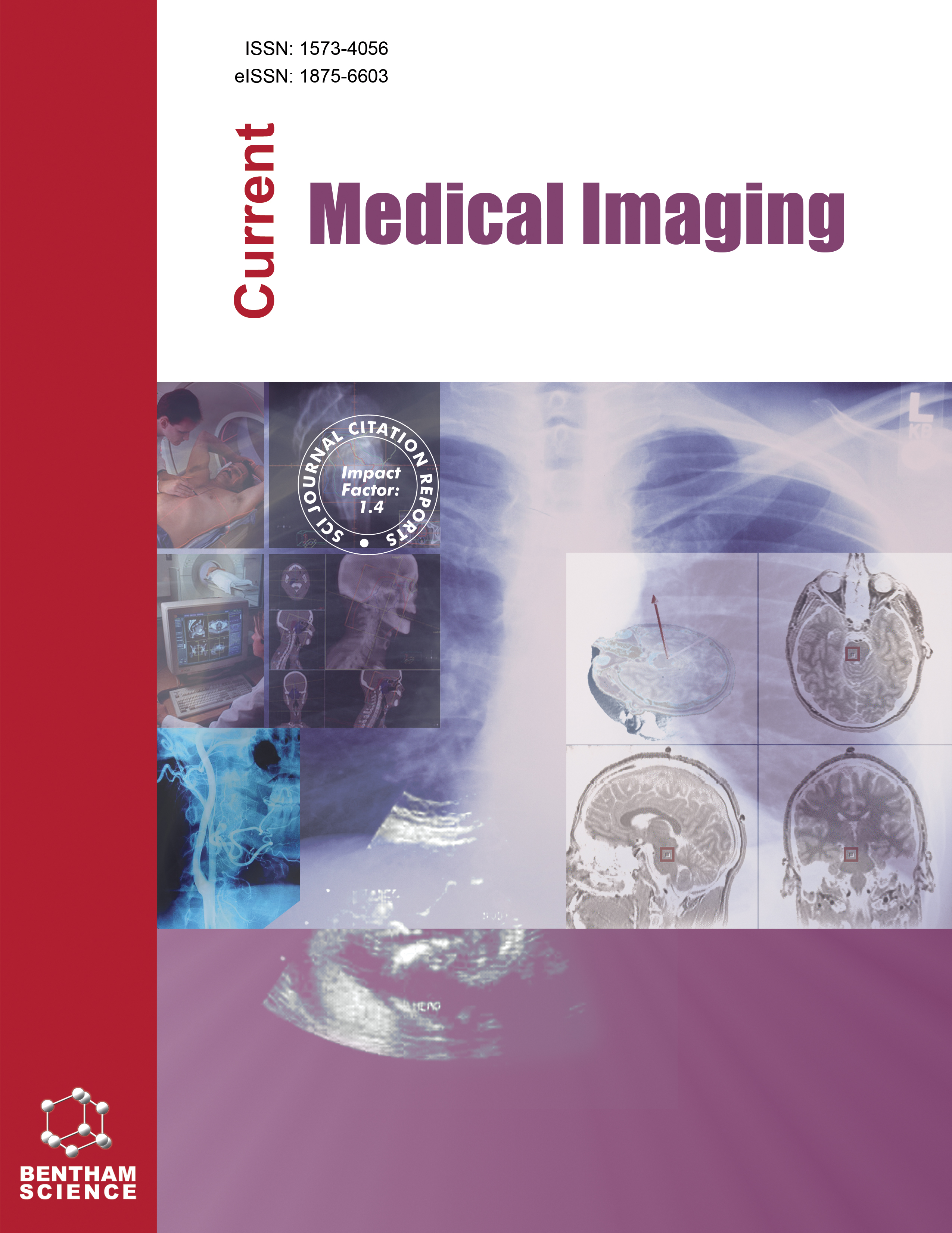-
oa Assessment of the Characteristics of Patent Foramen Ovale Associated with Cryptogenic Stroke
- Source: Current Medical Imaging, Volume 20, Issue 1, Jan 2024, e15734056284889
-
- 20 Oct 2023
- 21 Dec 2023
- 01 Jan 2024
Abstract
This study aims to comprehensively assess the characteristics of patent foramen ovale (PFO) in relation to Cryptogenic Strok (CS) by utilizing transesophageal echocardiography (TEE) and contrast transthoracic echocardiography (c-TTE) and to identify high-risk factors associated with PFO-related CS.
Transcatheter PFO closure has demonstrated its effectiveness in preventing PFO-related CS. Therefore, understanding the specific structural attributes of PFO associated with CS is imperative.
Enrollment comprised 113 test patients who experienced CS in conjunction with PFO and 117 control patients diagnosed with migraine with PFO but without a history of stroke. The characteristics of the PFO were observed by TEE and c-TTE. A comparative analysis was undertaken to assess the variations in PFO characteristics between the test patients and controls, and to uncover the independent factors relevant to CS.
The patients in the test group were older than the controls. Both the height and length of the PFO during Valsalva exhibited greater dimensions in the test group when contrasted with controls. Notably, the test group presented higher incidence rates of low-angle PFO (defined as an angle between the inferior vena cava (IVC) and PFO ≤ 10°) and atrial septal aneurysm (ASA) as contrasted with the control group. Right-to-left shunt (RLS) III during Valsalva demonstrated a significantly elevated occurrence within the test group as opposed to the controls. Conversely, RLS II during Valsalva exhibited a significantly higher frequency in the controls in contrast to the tests. No significant disparities were observed between the two groups with respect to RLS I during Valsalva and all grades of RLS at rest. Multivariate analysis revealed that the length of the PFO during Valsalva, the presence of ASA, RLS III during Valsalva and low-angle PFO were independent relevant factors associated with CS.
The length of the PFO tunnel, low-angle PFO, RLS III during Valsalva and the presence of ASA were independent risk factors for CS. The combined utilization of TEE and c-TTE may prove valuable in identifying PFO patients at a heightened risk of CS and in facilitating the screening process for transcatheter PFO closure.


